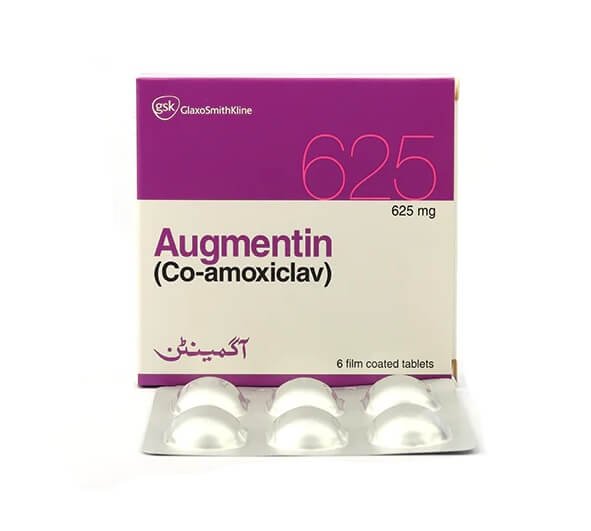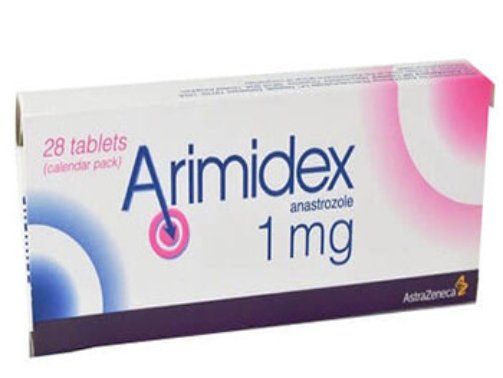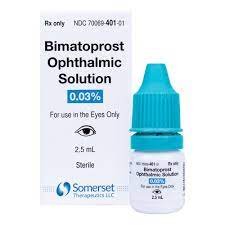- Amoxicillin – An antibiotic that kills bacteria.
- Clavulanic Acid – Helps make amoxicillin more effective by stopping bacteria from fighting against it.
- Respiratory infections (like bronchitis and pneumonia)
- Ear infections
- Sinus infections
- Urinary tract infections (UTIs)
- Skin infections
- Dental infections
- Augmentin comes in different forms: tablets, liquid (syrup), and injections.
- It should be taken exactly as prescribed by a doctor.
- It is usually taken with food to avoid stomach upset.
- If using the liquid form, shake the bottle well before each dose.
- Complete the full course, even if you feel better, to prevent the infection from returning.
- Nausea or vomiting
- Diarrhea
- Stomach pain
- Skin rash
- Yeast infections (in some people)
- Are allergic to penicillin or amoxicillin
- Have liver or kidney problems
- Have had severe diarrhea after taking antibiotics before
What is Augmentin?
Augmentin is an antibiotic used to treat different types of infections caused by bacteria. It contains two main ingredients:
What is Augmentin Use For?
Doctors prescribe Augmentin to treat infections such as:
How to Take Augmentin
Possible Side Effects
Like all medicines, Augmentin can have side effects. Some common ones include:
If you have serious allergic reactions like swelling, breathing problems, or severe rash, seek medical help immediately.
Who Should Not Take Augmentin?
Augmentin may not be suitable for everyone. Talk to a doctor before taking it if you:
Conclusion
Augmentin is a powerful antibiotic use to fight bacterial infections. It works well when taken properly. Always follow your doctor’s instructions and complete the full treatment to ensure the best results. If you have concerns or side effects, consult a healthcare provider.
| packing pills | 30 pills, 60 pills, 120 pills, 180 pills, 200 pills, 250 pills, 300 pills, 400 pills, 500 pills |
|---|

 Cart is empty
Cart is empty 









Reviews
There are no reviews yet.